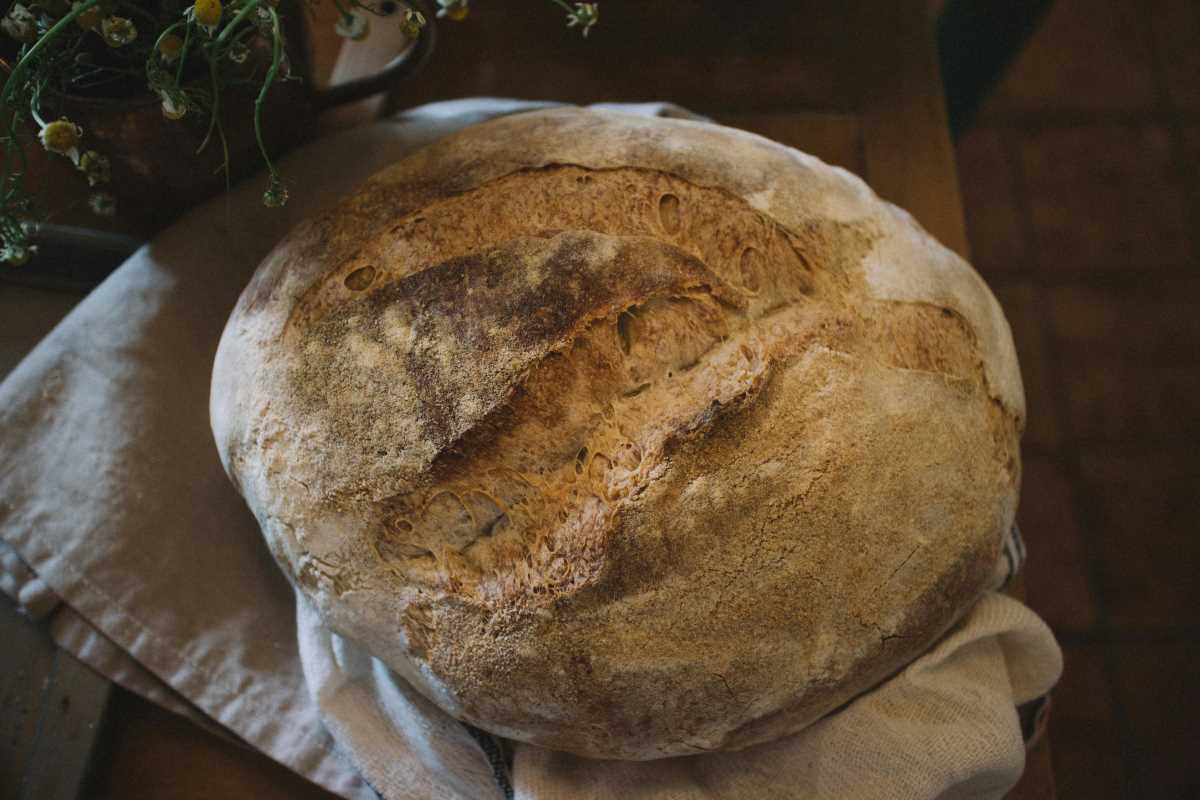The aroma of freshly baked bread wafting through your home is truly unmatched. With its gorgeous crust, airy crumb, and depth of flavor, artisan bread offers more than just sustenance; it’s an art form. While store-bought loaves have their convenience, crafting your own bread at home is a rewarding and deeply satisfying experience. Whether you’re an experienced baker or new to the craft, this guide will introduce you to the techniques and recipes that make artisan bread so exceptional. From sourdough to focaccia, you’ll learn how to create bakery-quality loaves from the comfort of your kitchen.
What Makes Bread "Artisan"?
Artisan bread is all about quality and technique. It uses simple, natural ingredients like flour, water, yeast, and salt, but gets its character from special processes like long fermentation, high hydration, and hand-shaping. These techniques bring out complex flavors and textures while giving each loaf a homemade, rustic charm.
Key Characteristics of Artisan Bread:
- Long Fermentation: The dough rests longer to develop flavor and improve digestibility.
- High Hydration: More water in the dough results in a lighter, open crumb.
- Crust and Scoring: Techniques like steam baking and scoring create that characteristic crispy crust and unique patterns.
Now, roll up your sleeves and grab your flour. Here are some artisan bread recipes you can try today!
1. Sourdough Bread
Sourdough is the queen of artisan breads, beloved for its tangy flavor and chewy texture. This naturally leavened bread relies on a sourdough starter instead of commercial yeast.
Ingredients:
- 500g bread flour
- 350g water
- 100g sourdough starter (active and bubbly)
- 10g salt
Instructions:
- Mix the Dough
- Combine the flour and water in a large bowl, mixing until no dry flour remains. Cover and let rest for 1 hour (autolyse method).
- Add Starter and Salt
- Add the sourdough starter and salt. Mix thoroughly using your hands or a dough hook until incorporated.
- Bulk Fermentation
- Cover the dough and allow it to rise at room temperature for 4–6 hours, folding the dough every 30 minutes to develop strength.
- Shape the Dough
- Gently shape the dough into a round or oblong boule, and place it seam-side up in a floured proofing basket or bowl.
- Final Proof
- Refrigerate the dough overnight or for 8–12 hours.
- Bake
- Preheat your oven to 475°F (245°C) with a Dutch oven inside. Transfer the dough to parchment paper, score the top with a razor, and bake in the Dutch oven for 20 minutes (covered), then 15–20 minutes uncovered.
Tips:
- Always use an active, healthy sourdough starter.
- Practice scoring to create intricate designs on your loaf.
2. Ciabatta
Ciabatta, which translates to “slipper” in Italian, is a rustic bread with an open, airy structure that makes it ideal for sandwiches.
Ingredients:
- 500g bread flour
- 400g water
- 10g salt
- 1 tsp instant yeast
Instructions:
- Hydrate the Dough
- Mix flour, water, salt, and yeast until you achieve a wet, sticky dough. Cover and rest for 30 minutes.
- Stretch and Fold
- Over the course of 2 hours, stretch and fold the dough every 30 minutes. This step helps develop the gluten necessary for a classic ciabatta crumb.
- Shape
- Once the dough is well-risen, transfer it to a floured surface and gently divide it into two rectangular shapes. Avoid deflating the dough.
- Bake
- Preheat your oven to 450°F (230°C). Bake on a baking stone or sheet for 20–25 minutes until golden and hollow-sounding when tapped.
Tips:
- Use a high-hydration dough (80% water) for the signature open crumb.
- Resist the urge to overhandle the dough to preserve its structure.
3. Focaccia
Focaccia is an Italian flatbread known for its soft interior and crispy, flavorful crust infused with olive oil and herbs.
Ingredients:
- 500g bread flour
- 375g water
- 10g salt
- 8g instant yeast
- 50g olive oil
- Fresh rosemary (optional)
Instructions:
- Mix
- Combine all the ingredients except rosemary, mixing until combined. Rest for 10 minutes.
- Stretch and Fold
- Over 1 hour, stretch and fold the dough every 20 minutes.
- First Proof
- Transfer the dough to an oiled pan, spreading it evenly. Cover and allow it to rise for 2 hours.
- Add Toppings
- Gently press dimples into the dough with your fingers. Drizzle olive oil generously and sprinkle fresh rosemary and salt on top.
- Bake
- Bake at 425°F (220°C) for 25 minutes until golden and crispy.
Tips:
- Add toppings like cherry tomatoes, garlic cloves, or olives for variation.
- Serve alongside a good olive oil and balsamic vinegar for dipping.
4. Rye Bread
Rye bread has a dense crumb and hearty flavor, often enhanced with caraway seeds.
Ingredients:
- 300g rye flour
- 200g bread flour
- 400g water
- 10g salt
- 1 tsp instant yeast
- 1 tbsp caraway seeds (optional)
Instructions:
- Combine Ingredients
- Mix all the ingredients together until combined, then knead into a sticky dough.
- Proof
- Allow the dough to rise for 2–3 hours until doubled in size.
- Shape and Score
- Shape the dough into a round boule or loaf, and score the top with a pattern to add character.
- Bake
- Preheat the oven to 450°F (230°C). Bake for 30–40 minutes. The bread should sound hollow when tapped.
Tips:
- Adding a small amount of molasses enhances rye’s deep flavor.
- Rye dough is stickier, so work with damp hands.
Tools and Techniques for Artisan Bread Success
- Use a Dutch Oven
- Trapping steam in a covered Dutch oven creates the perfect environment for a crispy crust.
- Master the “Stretch and Fold” Technique
- Stretching and folding develops gluten strength without kneading.
- Invest in a Proofing Basket (Banneton)
- A banneton helps shape and define the loaf during its final rise.
- Play with Scoring Patterns
- Artistic scoring adds personality and helps the dough expand in the oven.
 (Image via
(Image via





